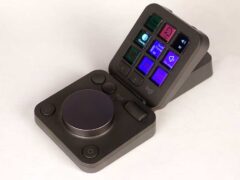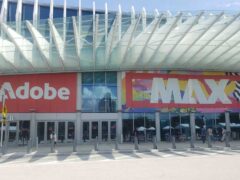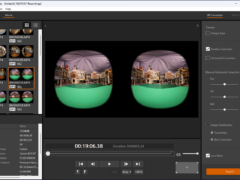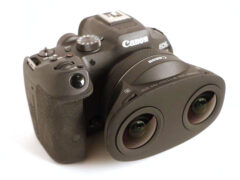
Adobe has been working on their generative AI initiatives under the Firefly brand for a couple years now, with ongoing improvements and integrations. It started with cloud based image generation in 2023, and grew to include vector and design generation, and now video generation. It also added direct integration in Photoshop for image generation, which works pretty impressively at this point, and they are beginning integration to Premiere Pro with Generative Extend in the current beta application. But their broader AI generated video tools have only been in limited beta form until now.
Continue reading










